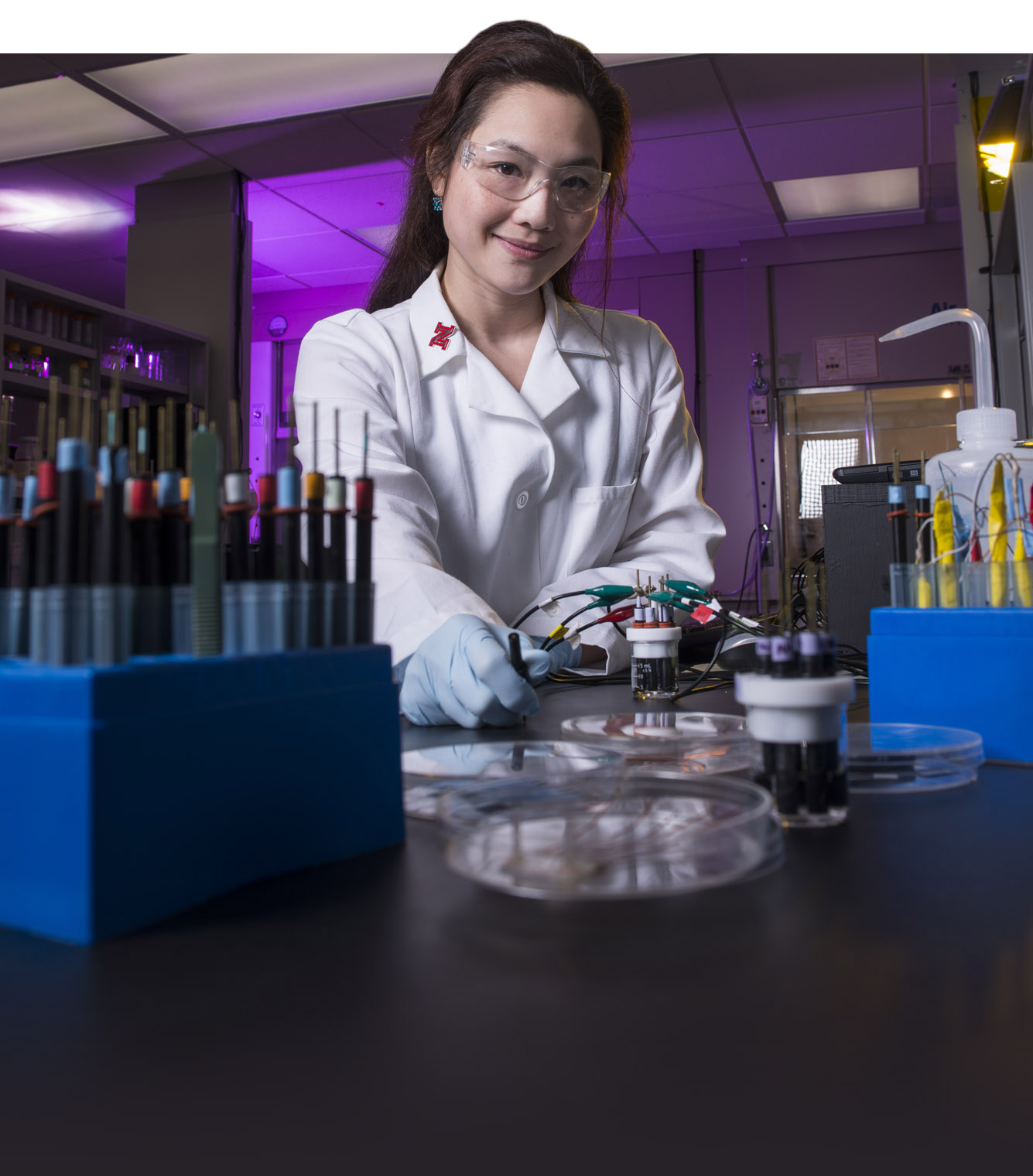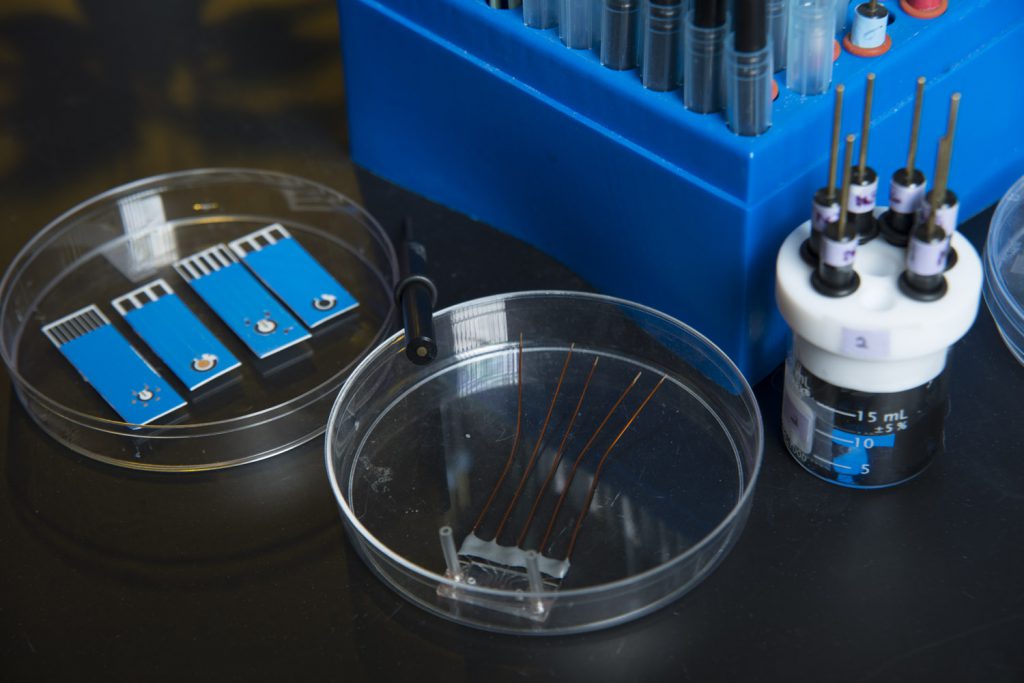- Menu
-
Enhancing Sorghum for Biofuel Production
Food, Energy and Water
-
Getting to the Root of Crop Improvements
Plant Science
-
New Chancellor Envisions Bold Future for Research
Leadership
-
NU FEWS Sparks Innovation in Food, Energy and Water
Food, Energy and Water
-
Closing Achievement Gap for Kids
Early Childhood
-
Enhancing Early Childhood Development
Early Childhood
-
Drones Could Help Fight Fire with Fire
Unmanned Aerial Vehicles
-
Surprising Discovery Contradicts Predictions
X-ray Material
-
Laser Creates Surfaces that Mimic Nature
Laser Research
-
USSTRATCOM Delegation Visits UNL
Defense Research
-
Prospecting with Biosensors at Home or in the Field
Chemistry
-
Gift Creates Johnny Carson Emerging Media Arts Center
Media Arts
-
System Helps Diagnose, Treat Brain Damage
Health
-
UNL Hosts University, Industry Leaders
Industry Relations
-
Momentum Builds on Nebraska Innovation Campus
Economic Development
-
Bioinformatics Focus for NIC’s First Faculty Startup
Bioinformatics
-
Improving Surgery through Robotics
Robotics
-
CD Celebrates Collaboration with Philip Glass
Performing Arts
-
Strengthening Region’s Nanotech Assets
Nanoscience
-
Geospatial Technology Helps Restore Wetlands
Environment
-
Maximizing Innate Talent
Leadership
-
Early Career Awards Boost Promising Research
Honors
-
Research Highlights
-
Accolades
-
Financials
-
Credits
-
On the Cover
- PDF version

Prospecting with Biosensors at Home or in the Field
Prospecting – whether for gold in a mountain or lead in a city’s water supply – may one day be as quick and easy as a litmus test.
UNL chemist Rebecca Lai is developing a series of hand-held biosensors to detect a variety of metals, including gold, silver, lead, platinum and mercury. Instead of sending samples away for time-consuming tests, Lai’s portable devices can be used in the field or home, saving much time and money.


The reusable sensors, fabricated on paper strips, can handle water, air and solid samples. This flexibility opens numerous opportunities, for mining companies foraging for gold or regulators hunting down water or air contaminants. Homeowners may one day be able to use the sensors to test their tap water or yards for heavy metals.
“Geochemical exploration for gold is becoming increasingly important to the mining industry,” Lai said. “There is a need for developing sensitive, selective and cost-effective analytical methods capable of identifying and quantifying gold in complex environmental samples.”
The metal sensors rely on a surprising source: DNA’s building blocks. Researchers have long known that metal ions recognize and react to different DNA or other molecular building blocks. Lai’s sensors exploit that reaction.
They work by measuring the electric current passing from an electrode to methylene blue, a tracer molecule, attached to a molecular probe specific to each metal type. The current changes in the presence of the metal being tested.
To help combat contaminants found in groundwater, Lai also plans to develop biosensors to detect arsenic, uranium and selenium. She uses a similar approach to devise biosensors for viral antibodies, antibiotics and nitrates.
Lai is working with NUtech Ventures, UNL’s technology commercialization affiliate, to patent and license the biosensors. The National Science Foundation and the U.S. Environmental Protection Agency support her research.
